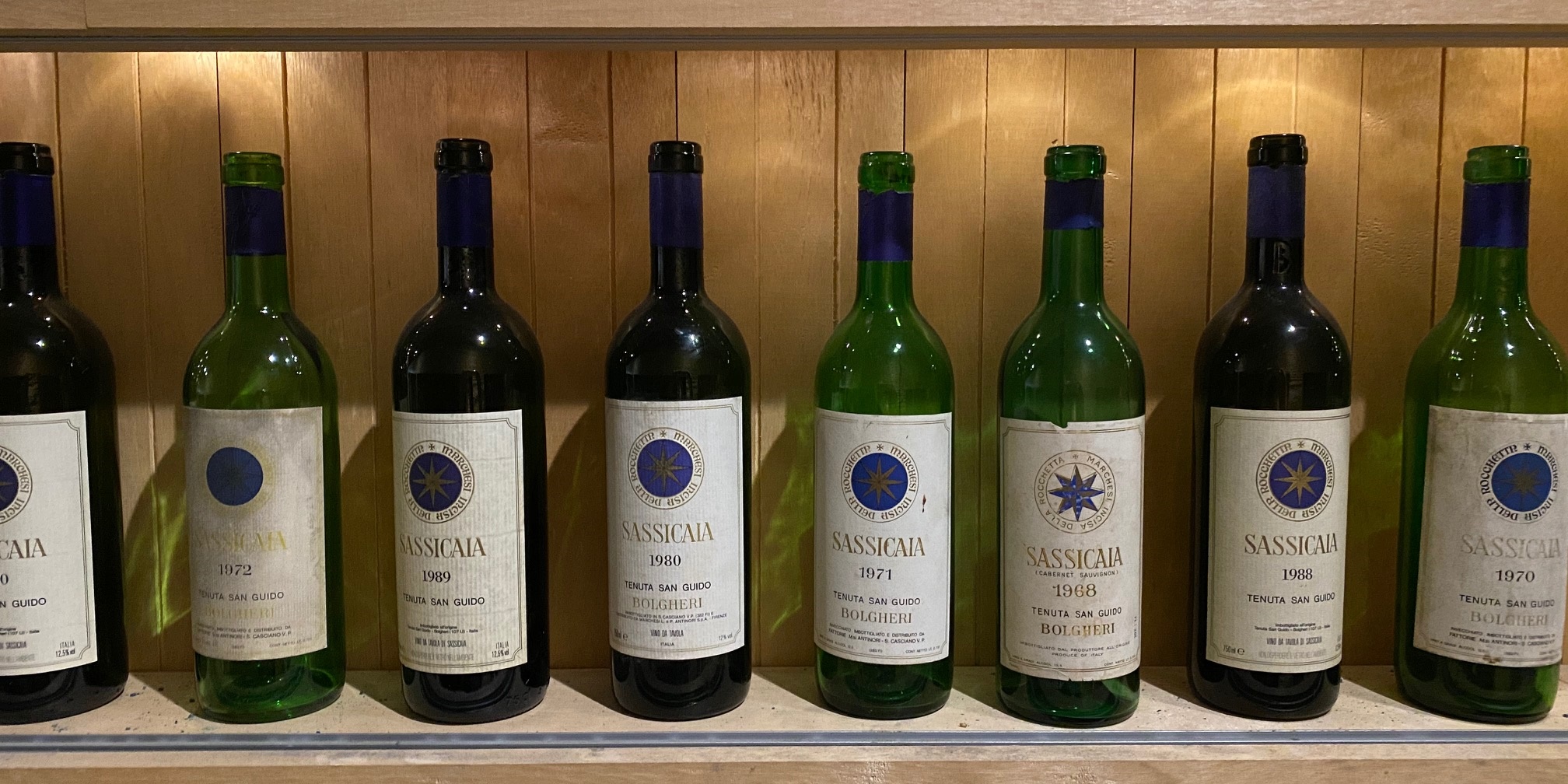Not all wines are created equal and not all wines benefit from cellaring. Many of us have been in a position where someone has, generously, pulled out their prized old red from under the stairs at home, pulled the cork and poured something brown and tired in to a glass for us to drink. They look expectantly for your praise and you are, of course, obliged to do so.
There is nothing worse than a wine that was perhaps great that has been stored poorly or for too long. The old saying “better to drink a wine too young than too old” is oh so true.
With that being said little in the wine world is as exhilarating, or indeed as rewarding, as a properly mature bottle of wine that has been stored in ideal conditions and opened at its apex. Few experiences, for me, are as entrancing as great a wine that has reached its peak and unveiled all that was buried within that you have cellared lovingly throughout its life.
It is important to consider a few things before you undertake building a cellar.
Wines that you may love when you taste them young may not be what you enjoy when they are mature. If you like bold fruit and tannins and you buy wines based on this, you may not necessarily enjoy them once they have been cellared for a long period. So, it is always worth considering when you are likely to get the most enjoyment out of the wine you buy. Older isn’t always better and you should get the most enjoyment out of what you spend your money on.
Your tastes may change. This is something we see a lot. People buy wine that they enjoy now and in ten years they have cellars full of wine that they are no longer interested in. This is a difficult problem to tackle because you don’t know what you may like in the years to come. So, buying a little of a variety of things in the early phases is useful to give you a broad selection as things get age. I also suggest buying lots of Burgundy because that is where you will inevitably end up if you start collecting wine….
Buy in lots. One thing that we see too often is people buying single bottles of things for their cellar. Now, sometimes that is all you can get or all you can afford but, if possible, buy minimum of three of something. Then you can see the wines develop over a period of time. This will build your understanding of when certain styles are at their peak for you, when you will likely enjoy them the most. It is all about finding your sweet spot for each wine and style.
Not all wine ages well. This is a big one and often overlooked. Not every red wine, no matter the price, is going to develop well in the cellar. Understanding which wines will and when their optimal drinking windows may be is something that takes time and practice. If you are unsure ask your local, trusted, wine merchant. If you are willing to invest the time and money in to cellaring wine you want that to pay off.
White wines also go in the cellar. So many collections are filled with big reds and so much pure enjoyment is missed because people often don’t cellar whites. Some of the greatest pleasure can be had after opening a bottle of Riesling, Chardonnay, Chenin Blanc, even the very rare example of Sauvignon Blanc, that is in its prime. I would go so far as to say I get more enjoyment from ages Riesling and Chardonnay than I do from most reds.
Finally, I think the notion of a “working cellar” is really important. You want to reach a point where you have enough wine with enough suitable age on them that you can confidently pull out bottles to drink and share and know that there is more there and more on the way. Once you reach that point you keen a flow coming in that matches what is being drunk and you will always have something great to drink. ROSCOE

